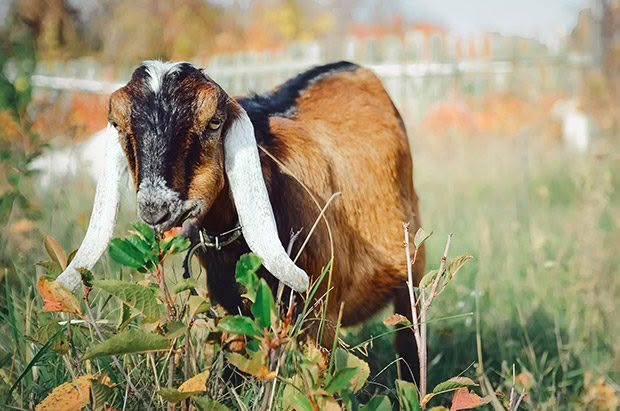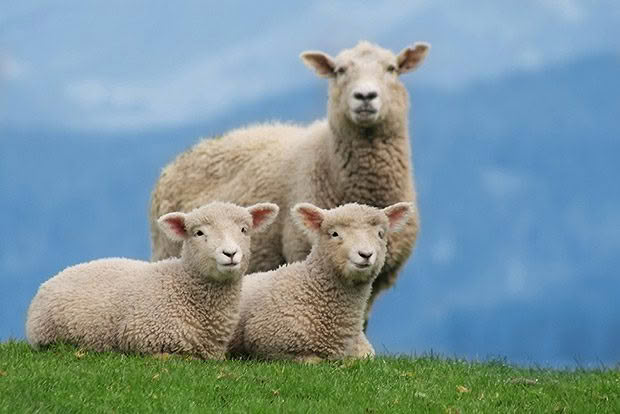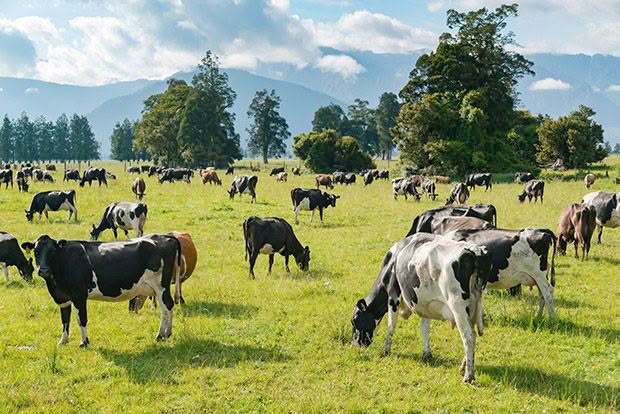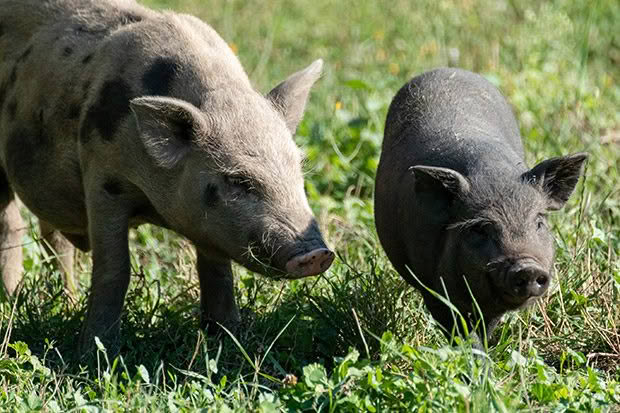15 ways to get the farm prepped for summer

Here’s how to keep your farm animals happy as the seasons change.
Words: Nadene Hall
GENERAL
Set aside pasture for hay, baleage or silage. It may be a better use of a spring flush than buying in stock to eat extra grass. Prices for stock tend to go up during good grass growth; people are often caught short if conditions then dry out.
Drench resistance is building, so it’s important to monitor it. You can do faecal egg counts (FECs) 7-14 days after drenching to test its effectiveness. If eggs are present, it can mean the drench wasn’t fully effective, that the animal had an extremely high worm burden, or that the drench rate was incorrect. Talk to your vet about the best way to monitor your stock.
Watch for hoof problems (eg, scald, footrot) if animals are in wet grass and/or humid conditions. Trim and clean out any areas affected by footrot, then bathe in a 10% zinc sulphate solution (add zinc sulphate until it stops dissolving for a 10% solution). If one animal has footrot, give all animals a foot bath. Soak for 20 minutes, then leave stock somewhere clean and dry (preferably a concreted area) until hooves are dry.

SHEEP
Lambs and ewes should be on good pasture. If you see scours, it may be a sign of rich feed, not worms. Do FECs before drenching if you have no other symptoms of a worm infestation (eg, weight loss, runny eyes, dull coat, coughing, anaemia).
Remove dags and long wool from around a sheep’s behind and under the belly, then apply a flystrike preventative treatment to them and their lambs.
Book a shearer. If you have small numbers, consider working in with neighbours and negotiating for a shearer to visit you all on the same day.
On shearing day, keep sheep cool and dry, in a shaded area, with access to cold water. Keep the area as dust-free as possible, to decrease the risk of pneumonia.

CATTLE
Calves should be on your best grass. Any animal not gaining at least 1kg or more a day need checking for signs of worms, lice, stiffness in limbs, anaemia (check the inside of the eyelids and gums for pinkness), dehydration, temperature, swollen legs, and limping. Talk to your vet.
Have you had calves vaccinated, and disbudded or dehorned? By law, dehorning and disbudding must be done using anaesthetic – talk to your vet about options, including training in its use. You face a criminal conviction and fines from $3000-$5000+ if you (or a contractor) don’t use anaesthetic.
Have you castrated young bull calves? Research has found there’s no difference in weight gain between bulls and steers, but there is a huge safety factor, both for the farmer and for young female cattle nearby.

PIGS
If you bought weaner pigs this spring, they should be growing at around 300g per day, for a 60-80kg bodyweight at six months (if you’re having them homekilled).
If you didn’t worm them when they arrived on your block, do it now. Talk to your vet about an injectable wormer. For one or two pigs, they should be able to draw off a syringe with the right amount. Check the withholding period of worm products you have used, to make sure it’s not going to interfere with homekill plans.
If you’re having weaners homekilled, book now if you want them for Christmas dinner.
Pigs need good shade and shelter to protect them from hot temperatures as they can’t sweat. Ideally, they need a wallow as the wet mud helps pigs regulate temperature. A good wallow will have standing water in it, a layer of thick mud, and needs to be topped up with fresh water at least once a day.
If it’s getting very hot, look for symptoms of heat stress: panting, lethargy, loss of appetite, diarrhoea. Get the affected pig into shade, cover it with wet towels, and run lukewarm (not cold) water over it – the shock of cold water can kill them. It may also need electrolytes – talk to your vet.
MORE HERE
12 tips for caring for cattle this summer: grow healthy calves and yearlings
Love this story? Subscribe now!
 This article first appeared in NZ Lifestyle Block Magazine.
This article first appeared in NZ Lifestyle Block Magazine.
